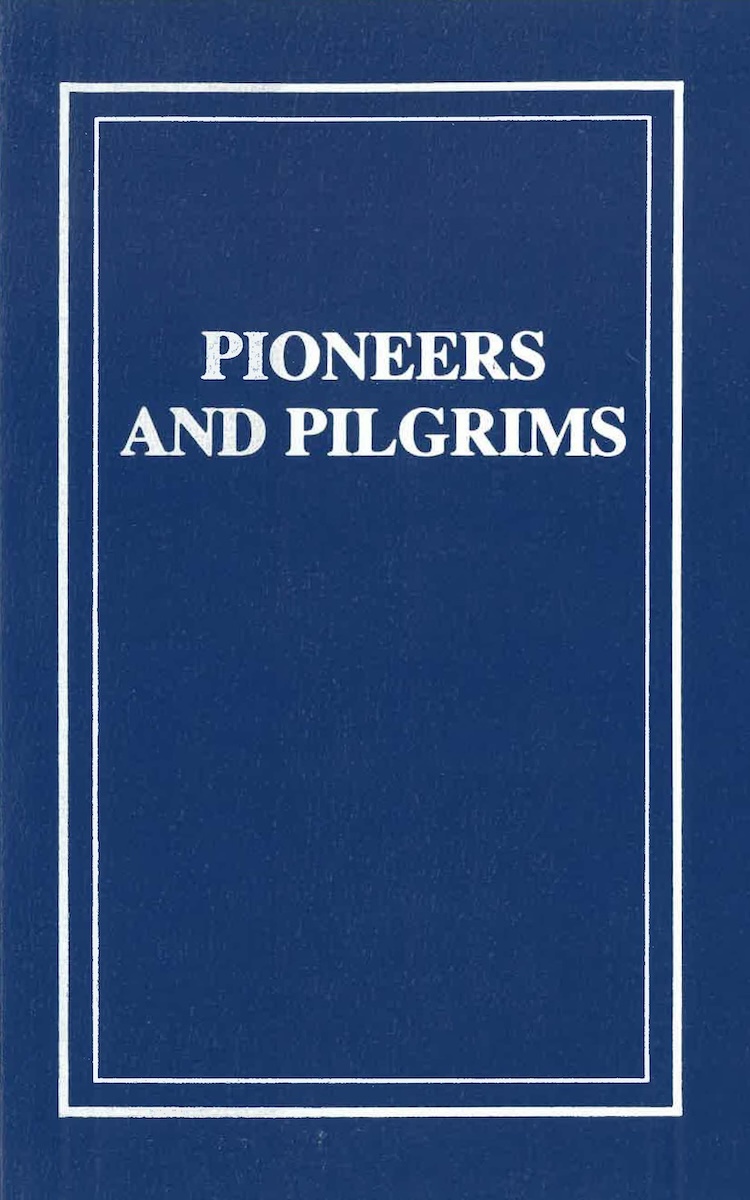The Kleine Gemeinde Historical Series
Vol. 5
Pioneers and Pilgrims
The Mennonite Kleine Gemeinde in Manitoba, Nebraska and Kansas, 1874 to 1882
Delbert F. Plett
From the introduction: As the sub-title indicates, Pioneers and Pilgrims focuses mainly on the early years of the settlements of the Kleine Gemeinde, in Manitoba, Nebraska and Kansas. The content of the work in the main consists of selections of the abundant Kleine Gemeinde Schriftum which have been translated and edited for publication. In the epistles, diaries, and memoirs of the pioneers, the reader will find fascinating material relating to the physical and spiritual conditions of the infant communities in the New World.
Part 1 of the book consists of previously unpublished correspondence and writings from the settlement period. Part 2 includes personal accounts and reminiscences by the pioneers themselves, which have already been published in German and are reproduced here in English, because of their importance to the Kleine Gemeinde story. Part 3 consists of secondary sources or sketches written by the descendants of the original settlers, as well as a more interpretative article on the Kleine Gemeinde Brandordnung by Henry Fast, and an essay on the socio-economic background of the 1870s emigration movement to Manitoba, by the editor.
The family histories contained in part 4 again expand our knowledge of who the Kleine Gemeinde people were and the socio-economic dynamics of their kinship circles. The reader may wish to note that for the purpose of this study, the term Kleine Gemeinde is extended to all individuals descendant from Kleine Gemeinde ancestors, and associated denominations, such as the Krimmer Mennonite Brethren, and the Bethel Mennonite Church, in Inman, Kansas. Also included are those individuals related to the Kleine Gemeinde by marriage or otherwise.
A study of the genealogical evolution of these families since the time of the founding of the Molotschna Colony, South Russia, in 1804, until the end of the 19th century, enhances our understanding of these pioneering people, who choose to forsake a comfortable hearth and home in Imperial Russia, for the rigours of establishing new communities in the North American Mid-west during the 1870s.
The book closes, fittingly, with a documentary exposition of the 1882 division, which fissured the Gemeinschaft communities in Manitoba, and symbolized similar dynamics at work in the settlements of the Kleine Gemeinde and related denominations in Nebraska and Kansas. The writings selected for part 5 demonstrate once again that the settlers were not only pioneers of the land in the physical realm, but also spiritual sojourners, on an otherworldly pilgrimage to an eternal destination.

